488 pages – Publisher: Apress (April 28, 2008)Product Description
Foundations of Mac OS X Leopard Security is written in part as a companion to the SANS Institute course for Mac OS X. It contains detailed Mac OS X security information, but also walkthroughs on securing systems. By using the SANS Institute course as a sister to the book, the focus includes both the beginning home user and the seasoned security professional not accustomed to the Mac, and allows this title to establish the “best practices” for Mac OS X for a wide audience. Additionally, the authors of the book are seasoned Mac and security professionals, having built many of the largest network infrastructures for Apple and spoken at both DefCon and Black Hat on OS X security.What you’ll learnSecurity overview
Walkthroughs to secure systems
Walkthroughs and suggestions for third–party applications on systems
Mac forensics
Mac hacking
Apple wireless security
Mac OS X securityWho is this book for?A wide audience of users, power users, and administrators who wish to make sure their Mac platform is secure.Contents at a Glance:PART 1 ■ ■ ■ The Big Picture■CHAPTER 1 Security Quick-Star
■CHAPTER 2 Security Fundamental
■CHAPTER 3 Securing User AccountsPART 2 ■ ■ ■ Security Essentials■CHAPTER 4 Malware Security: Combating Viruses, Worms, and Root Kits
■CHAPTER 5 Securing Web Browsers and E-mail
■CHAPTER 6 Reviewing Logs and MonitoringPART 3 ■ ■ ■ Network Security■CHAPTER 7 Securing Network Traffic
■CHAPTER 8 Setting Up the Mac OS X Firewall
■CHAPTER 9 Securing a Wireless NetworkPART 4 ■ ■ ■ Sharing■CHAPTER 10 File Services
■CHAPTER 11 Web Site Security
■CHAPTER 12 Remote Connectivity
■CHAPTER 13 Server SecurityPART 5 ■ ■ ■ Workplace Security■CHAPTER 14 Network Scanning, Intrusion Detection, and Intrusion Prevention Tools
■CHAPTER 15 Backup and Fault Tolerance
■CHAPTER 16 Forensics■APPENDIX A Xsan Security
■APPENDIX B Acceptable Use Policy
■APPENDIX C Secure Development
■APPENDIX D Introduction to Cryptographyhttp://www.amazon.com/Foundations-Mac-OS-Leopard-Se…83354&sr=1-1
Table of contents :
Title Page……Page 1
Contents……Page 3
Objectives……Page 17
Introduction……Page 18
What iPrint Is……Page 19
iPrint Components on Linux……Page 21
iPrint Components on NetWare……Page 26
iPrint Port Usage……Page 28
Set Up the iPrint Server on OES Linux……Page 29
Manage the Print Manager……Page 35
Manage Printers……Page 38
Manage the Driver Store……Page 45
Install the iPrint Client on Linux……Page 47
Install the iPrint Client on Windows……Page 52
Configure the iPrint Client Settings……Page 58
Migration Guidelines……Page 62
Migration Requirements……Page 63
How to Migrate iPrint Print Managers and Printer Agents Using the Server Consolidation Utility……Page 64
Post Migration Tasks……Page 70
Exercise 7-1 Migrate iPrint from the DA2 NetWare Server to the DA1 Linux Server……Page 72
Summary……Page 73
Objectives……Page 79
Introduction……Page 80
Benefits of iFolder for the Enterprise……Page 81
Benefits of iFolder for Users……Page 84
Enterprise Server Sharing……Page 86
How iFolder 3.x Works……Page 88
Key Components of iFolder……Page 89
Server Workload Considerations……Page 94
Naming Conventions for Usernames and Passwords……Page 96
Admin User Considerations……Page 98
iFolder User Account Considerations……Page 101
iFolders Data and Synchronization Considerations……Page 104
Management Tools……Page 107
Prerequisites and Installation Guidelines……Page 110
How to Install iFolder on an Existing OES Linux Server……Page 118
How to Configure the iFolder Enterprise Server……Page 121
How to Configure the iFolder Web Access Server……Page 127
How to Install the Novell iFolder 3 Plug-In for iManager……Page 129
How to Access iManager and the Novell iFolder 3 Plug-In……Page 133
How to Provision Users and iFolder Services……Page 135
Exercise 8-1 Install and Configure iFolder 3.2 on the DA1 Linux Server……Page 141
Distribute and Install the iFolder Client……Page 142
Start, Stop, and Restart the iFolder Services……Page 151
Manage the Simias Log and Simias Access Log……Page 152
Recover Individual Files or Directories……Page 153
Configure System Policies……Page 155
Modify the iFolder LDAP Settings……Page 161
Manage the iFolder Web Access Server……Page 167
Configure iFolder Users……Page 170
Manage iFolders……Page 179
Manage iFolder Accounts and Preferences……Page 189
Manage iFolders……Page 203
Use Novell iFolder 3.x Web Access……Page 218
Exercise 8-2 Use iFolder 3.x on the Windows XP Professional and SLED 10 Workstations……Page 222
Summary……Page 223
Objectives……Page 229
Introduction……Page 230
What eGuide Provides……Page 231
eGuide System Requirements……Page 233
How eGuide Works……Page 234
How to Access the eGuide Client……Page 236
How to Access the eGuide Administration Utility……Page 238
How to Modify Search Categories……Page 240
How to Configure the eGuide Display……Page 244
How to Configure Security Restrictions……Page 247
How to Enable Display of Organizational Charts for eDirectory Users……Page 249
Exercise 9-1 Configure and Use eGuide on the DA1 Linux Server……Page 251
Summary……Page 252
Objectives……Page 255
Introduction……Page 256
Objective 1 Describe the Purpose and Architecture of NetStorage……Page 257
What NetStorage Provides……Page 258
NetStorage System Requirements……Page 260
Novell NetStorage on OES Linux……Page 261
Novell NetStorage on OES NetWare……Page 263
How NetStorage Works……Page 265
What Users See When They Access NetStorage……Page 266
How to Access the NetStorage Home Page……Page 269
How to Administer NetStorage from Novell iManager……Page 271
How to Create Storage Location Objects and Lists……Page 274
How to View or Modify Directory and File Attributes and Rights……Page 279
How to Set Directory Quotas on NSS Volumes and Directories……Page 281
How to Purge and Salvage Deleted NSS Files……Page 282
NetStorage Implementation Guidelines……Page 283
Exercise 10-1 Configure and Use NetStorage……Page 288
Summary……Page 289
Objectives……Page 293
Introduction……Page 294
Objective 1 Review the Services Included in Novell OES……Page 295
Platform Strengths……Page 299
Service Differences on the OES Platforms……Page 300
Objective 3 Plan for eDirectory……Page 307
Objective 4 Plan for File Services……Page 309
Objective 5 Plan for Print Services……Page 313
Review Server Requirements……Page 314
Consider Coexistence and Migration Issues……Page 315
Installation from CDs or from the Network……Page 316
Pattern Deployments……Page 317
Installing NSS on a Single-Drive Server……Page 320
Summary……Page 321
APPENDIX A eDirectory Fundamentals……Page 325
What Is a Directory?……Page 326
Describe the Purpose of a Directory……Page 327
Identify Common Directory Service Uses……Page 328
Identify Key Components of a Basic Directory……Page 329
Directory System Agent (DSA)……Page 332
The Role of eDirectory……Page 334
The History of eDirectory……Page 335
The eDirectory Database……Page 337
eDirectory Application Support……Page 338
Schema……Page 340
Objects……Page 341
Object Example……Page 342
eDirectory Object Classes……Page 344
Tree Object……Page 345
Container Objects……Page 346
Leaf Objects……Page 351
What Context Is……Page 358
Object Naming Conventions……Page 360
The eDirectory Foundation Model……Page 368
eDirectory Network Configuration Recommendations……Page 369
Index……Page 371
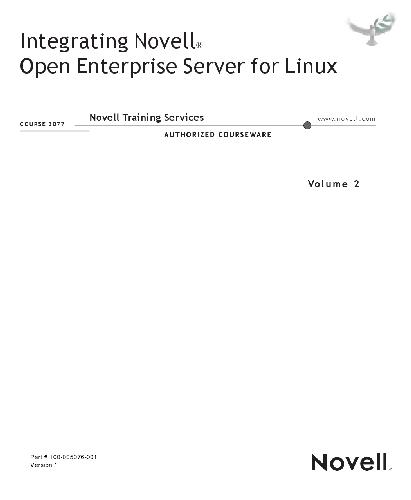

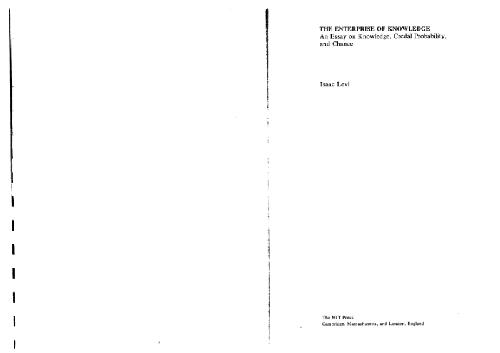

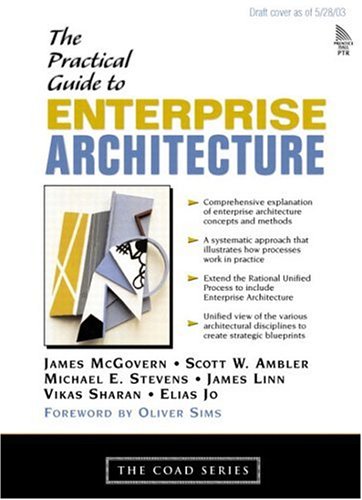
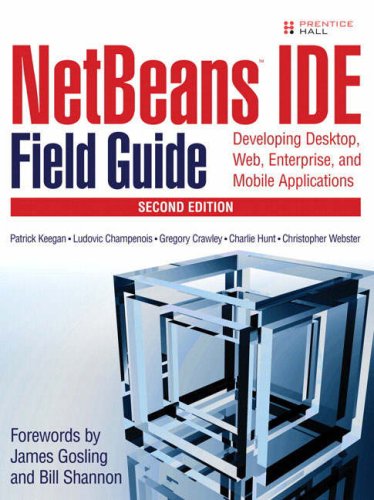
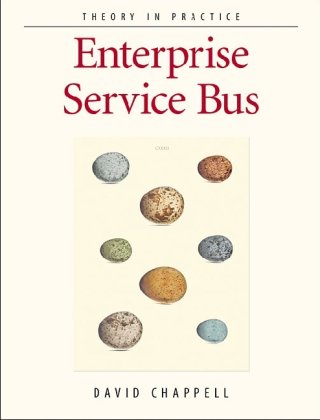
Reviews
There are no reviews yet.